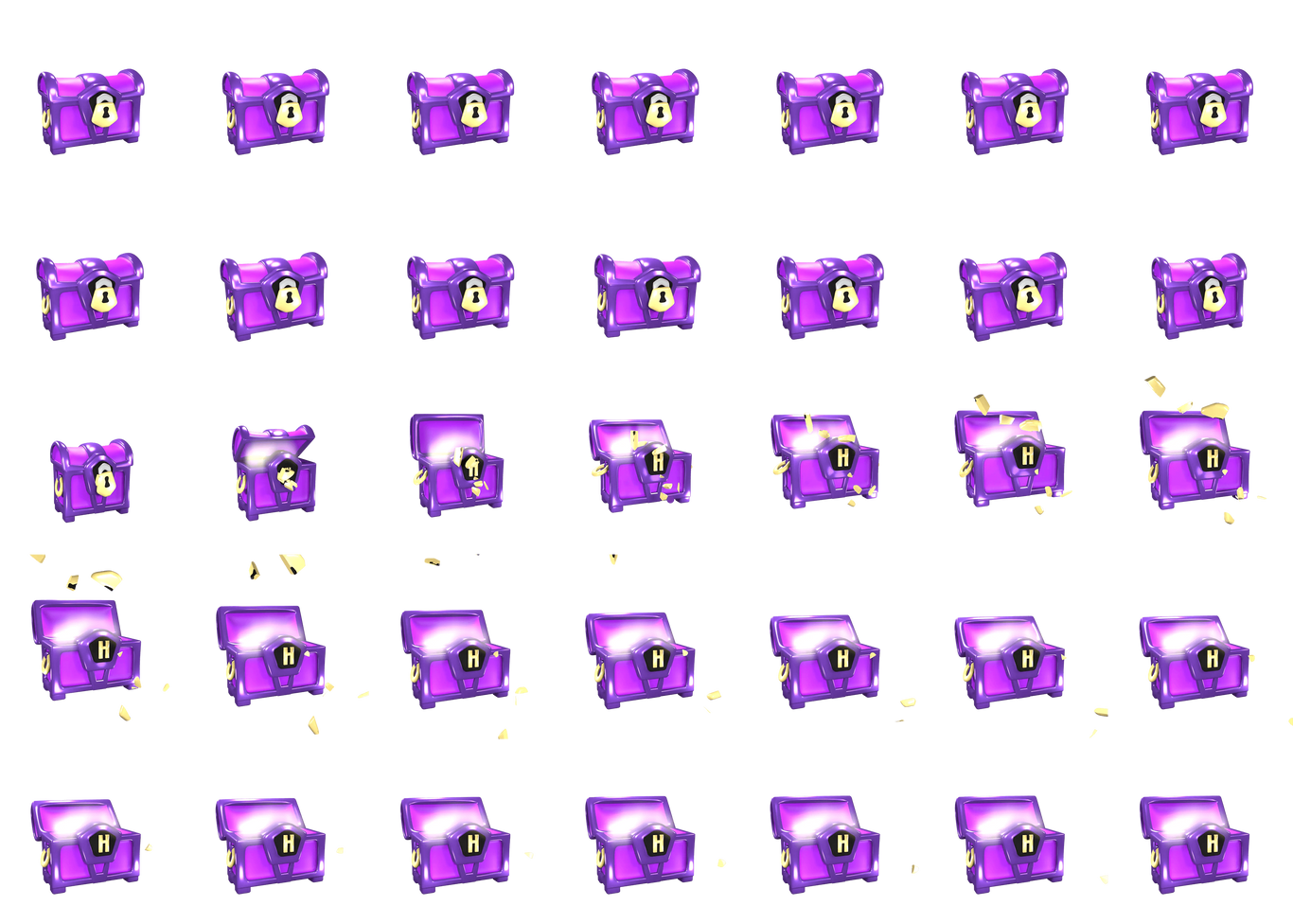6th grade Q4
Creating problems involving surface area and volume of solid figures is like designing a practical math challenge! Here's how to make one step by step:
Step 1: Pick your solid figure
Choose a common solid figure, like a cylinder, sphere, rectangular prism, or cone. Decide whether you’ll focus on surface area, volume, or both. For example:
Let’s use a cylinder with a height of 10 units and a radius of 5 units.
Step 2: Think of a real-life situation
Imagine a context where knowing the surface area or volume makes sense.
For example:
You are designing a soda can and need to calculate how much metal is needed for the surface and how much soda it can hold.
Step 3: Write your problem
Clearly explain the situation and give all the measurements needed to solve it. For example:
A soda can is in the shape of a cylinder with a height of 10 units and a radius of 5 units.
- How much soda can the can hold (volume)?
- How much metal is needed to make the can, including the top and bottom (surface area)?
Step 4: Solve the problem
Before sharing your problem, calculate the answers to ensure they are reasonable and accurate. Show all the steps so others can follow your solution.


